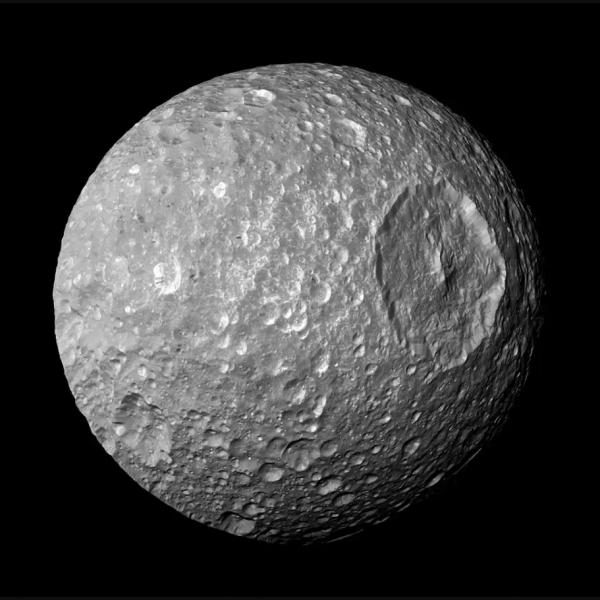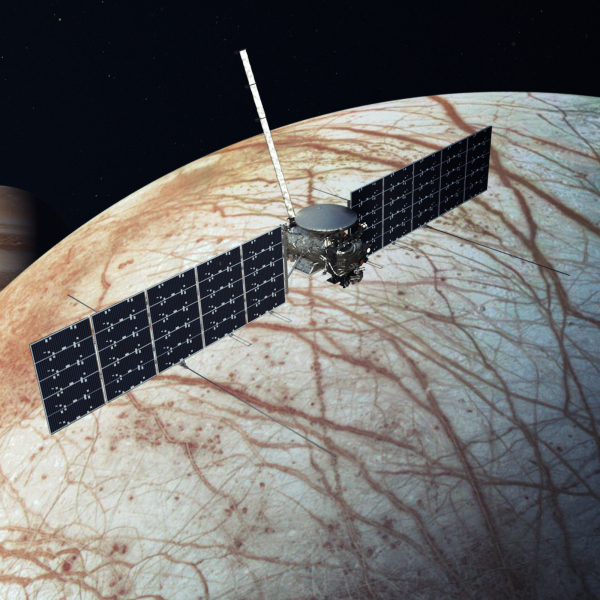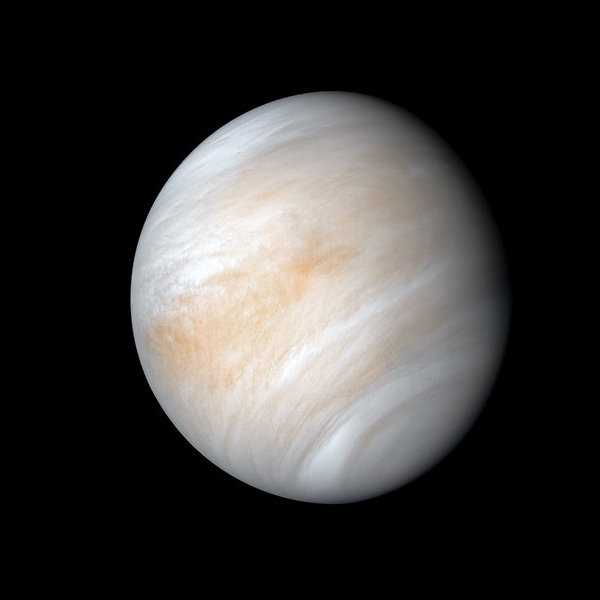BURFORDVILLE, Mo. — Eclipses raise a lot of questions. In the early days of scientific discovery, they helped us answer them, too. Scientists used eclipses to study our solar system.
Now, satellites and other tools help us take a lot of measurements without the need for eclipses. With that in mind, scientists from Washington University decided to answer other questions during the eclipse — questions from the public.
Maxwell Lograsso had a lot of them — like, why we have to wear glasses when we look at eclipses and why it looks like the dark side of the moon is blocking the sun during the eclipse. The 10-year-old and his grandparents traveled from Waukon, Iowa, to the Bollinger Mill State Historic Site in Burfordville, Missouri, where the Wash U professors had set up a tent with eclipse viewing equipment and PhDs at the ready.
“It’s so exciting to be able to show the science to everyone here, because everyone is here because they want to be,” said Mike Krawczynski, an associate professor at Wash U who researches planetary formation and evolution. “They want to learn. They want to see this stuff, and I want to be able to show them as much as we possibly can.”
Maxwell, a fourth grader and self-described science geek, wants to be an astronaut when he grows up.
“Mike told me that there is no dark side of the moon,” Maxwell said. “There’s a day side and a night side, and I don’t remember all the other big words he said.”
As the moon began to block the sun in Burfordville, the 1,500 or so people sitting in lawn chairs in a field began to cheer. In the cool darkness, Maxwell was bouncing up and down.
“It’s amazing,” he yelled. “I’m like, ‘Oh my God.’ When I couldn’t see it in my glasses, I’m like, ‘Oh my God, what happened?’ I take off my glasses and I’m like, ‘Oh my God, that’s so cool!’”
Even after multiple eclipse viewings and a career dedicated to planetary science, Krawczynski’s reaction wasn’t much different.
“Oh it was spectacular,” he said. “Huge prominence coming off the bottom, which is great to see.”
Immediately, bystander David Carlson asked what a prominence is. Krawczynski explained it’s the chromosphere having an eruption, basically, and looks like a pink flame coming off the sun.
“It was absolutely one of the coolest things I’ve ever seen,” Carlson said. “Worth the drive from South Dakota.”




